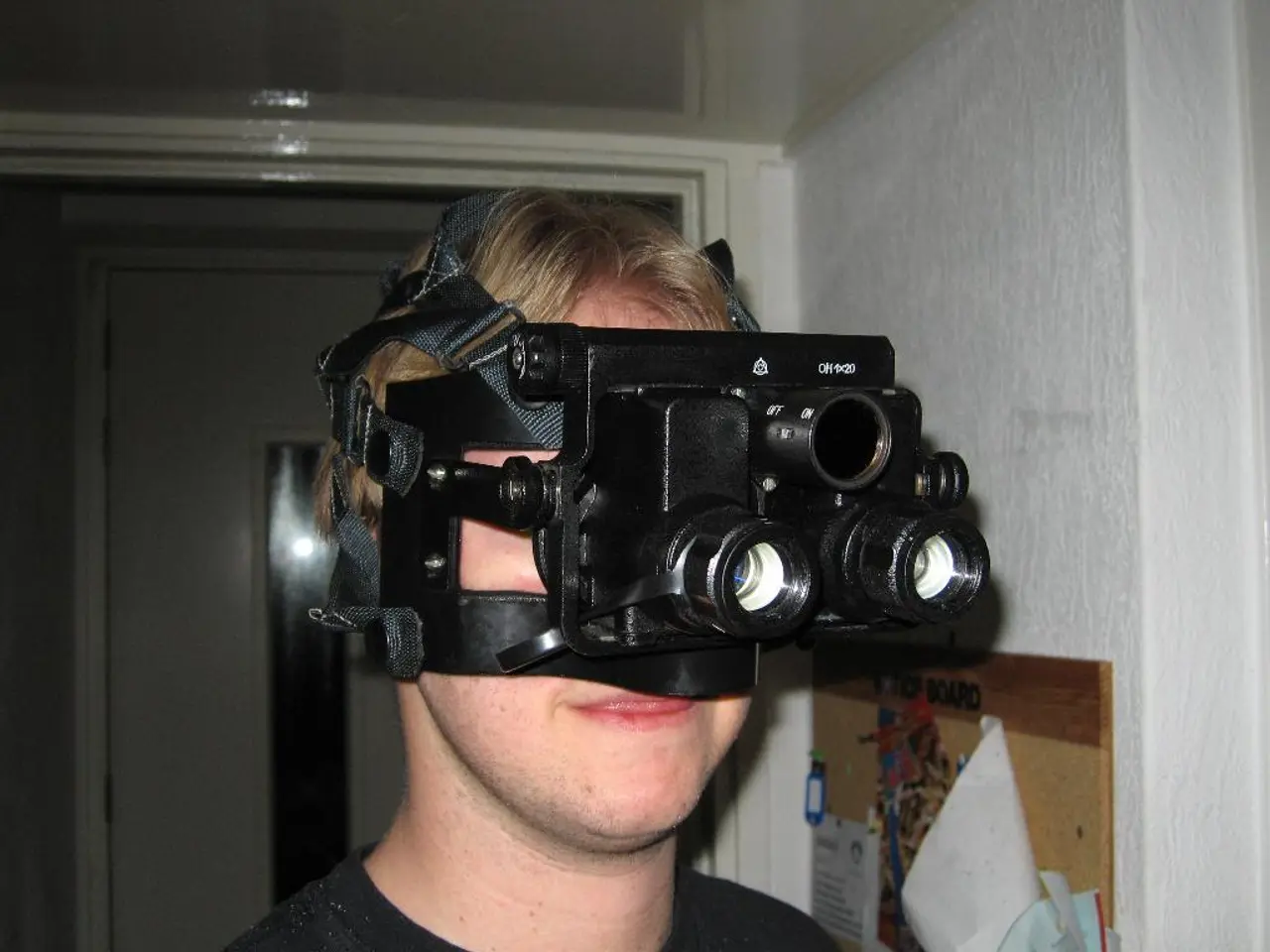Exploring Immersive Education: Insights from a Virtual Reality Education Company
Virtual reality (VR) training solutions are making a significant impact across diverse industries, transforming traditional teaching methodologies and offering a fresh approach to learning. This shift is driven by advancements in technology and the integration of artificial intelligence (AI), leading to more immersive, intelligent, economical, and flexible training solutions.
Simplified Hardware and Mixed Reality
The rise of modern all-in-one VR headsets, such as the PicoXR Ultra, with high resolution and inside-out tracking, simplifies deployment and integration. Moreover, the blending of real and virtual elements through mixed reality enables more realistic operator training environments.
AI-Powered Learning
Artificial intelligence (AI) is increasingly being incorporated into VR training, offering adaptive, personalized learning experiences. AI enhances user engagement by tailoring training scenarios to individual performance, providing real-time feedback, and automating assessments, which improves knowledge retention and skills application. By 2025, AI-driven VR training is expected to command a significant portion of corporate learning budgets.
Business Models and Market Growth
The shift towards VR training is also reflected in the business models, with software-as-a-service (SaaS) models enabling flexible subscriptions and easier updates, leading to more scalable and cost-effective training. Market-wise, VR training and simulation are rapidly growing, driven by technological advances in VR, augmented reality (AR), AI, cloud computing, and 5G connectivity. These technologies improve immersion, interactivity, accessibility, and remote collaboration across sectors such as defense, healthcare, education, aviation, and manufacturing.
The Future of VR Training
The trends in VR training show a clear shift towards immersive, intelligent, economical, and flexible solutions tailored to the varied needs of multiple industries and sectors. Portable and affordable VR headsets will broaden the reach of VR-based learning to wider audiences. Extended Reality (XR) is set to offer more immersive and interactive experiences, combining AR, VR, and MR. Integration of biometrics into VR learning platforms will provide a deeper understanding of learners' emotional and cognitive states.
Adaptive learning environments, powered by AI, will cater to individual learners' strengths and weaknesses in real-time. Customization lies at the heart of a practical VR training experience, as a one-size-fits-all approach seldom works for diverse audiences. VR training companies help industries unlock new potentials in training through VR by providing customized solutions tailored to specific needs and sectors.
In education, VR is transforming the landscape, offering a safe space for learners to conduct experiments, especially those that might be too dangerous or expensive in the real world. Remote VR training allows learners from different parts of the world to collaborate, learn, and interact in real time, breaking geographical barriers. The rise of VR in education isn't just a technological fad; it's a reflection of the broader societal shift towards experiential learning.
Serious games blend the engagement of gaming with the seriousness of learning, making training more enjoyable and improving retention. Collaborative VR learning will enable global collaboration and cross-cultural learning experiences. Our website, a software development company with 30 years of industry leadership, offers VR solutions tailored to unique business challenges, ensuring impactful and memorable learning experiences.
The guideline for designing immersive learning with VR includes understanding learning objectives, knowing the audience, choosing the right VR platform, designing the learning environment, incorporating interactivity, blending VR with traditional learning, testing the VR experience, gathering feedback and iterating, ensuring accessibility, monitoring and updating, seeking expert guidance, user profiling, content modularity, localization, adaptive learning paths, and feedback mechanisms.
Biometric monitoring in VR training offers insights into learners' engagement levels, stress points, and areas of interest, helping to refine training modules. VR training companies play a crucial role in ensuring the application of VR is both technically sound and educationally impactful, overseeing every aspect, from initial concept and design to development and integration of VR within traditional learning structures. Simulation-based training is the bedrock of VR, creating virtual environments that mimic real-world scenarios.
- The modern all-in-one VR headsets, like the PicoXR Ultra, simplify deployment and integration with their high resolution and inside-out tracking, and mixed reality enables more realistic operator training environments.
- AI is being incorporated into VR training, providing adaptive, personalized learning experiences by tailoring training scenarios to individual performance, giving real-time feedback, and automating assessments.
- Business models have shifted towards software-as-a-service (SaaS) models, enabling flexible subscriptions, easier updates, and more scalable and cost-effective training solutions.
- The VR training and simulation market is growing rapidly, driven by technological advancements in VR, augmented reality (AR), AI, cloud computing, and 5G connectivity.
- In the future, portable and affordable VR headsets will broaden the reach of VR-based learning to wider audiences, and Extended Reality (XR) will offer more immersive and interactive experiences.
- Adaptive learning environments, powered by AI, will cater to individual learners' strengths and weaknesses in real-time, and customization is essential for a practical VR training experience.
- In education, VR offers a safe space for learners to conduct experiments and allows learners from different parts of the world to collaborate, learn, and interact in real-time, breaking geographical barriers.
- Serious games blend the engagement of gaming with the seriousness of learning, making training more enjoyable and improving retention, and collaborative VR learning will enable global collaboration and cross-cultural learning experiences.




